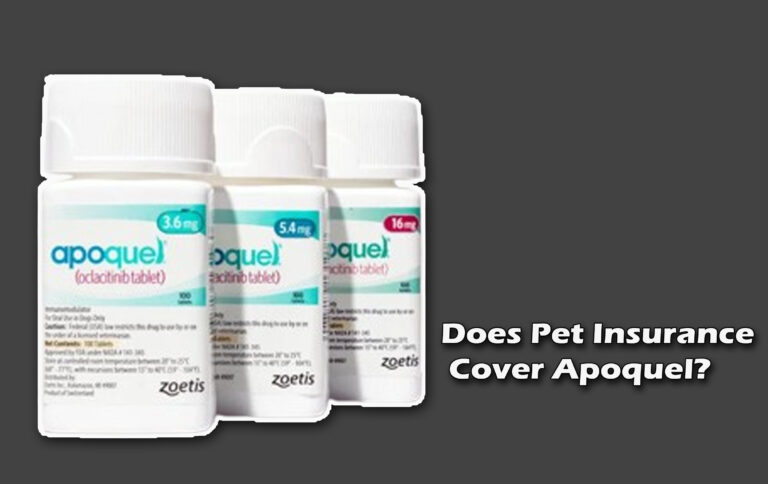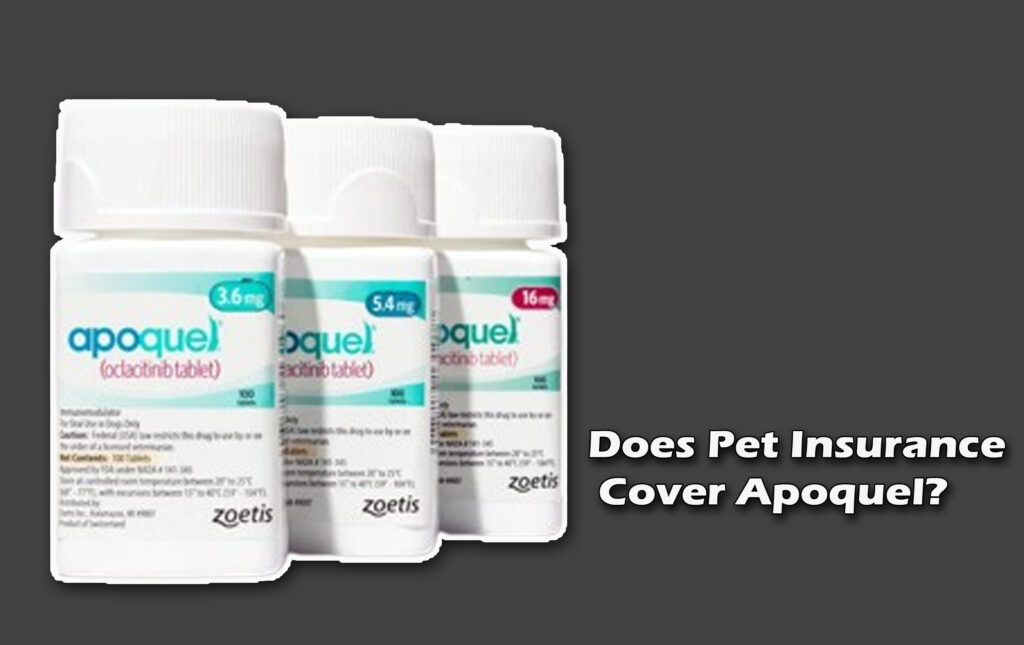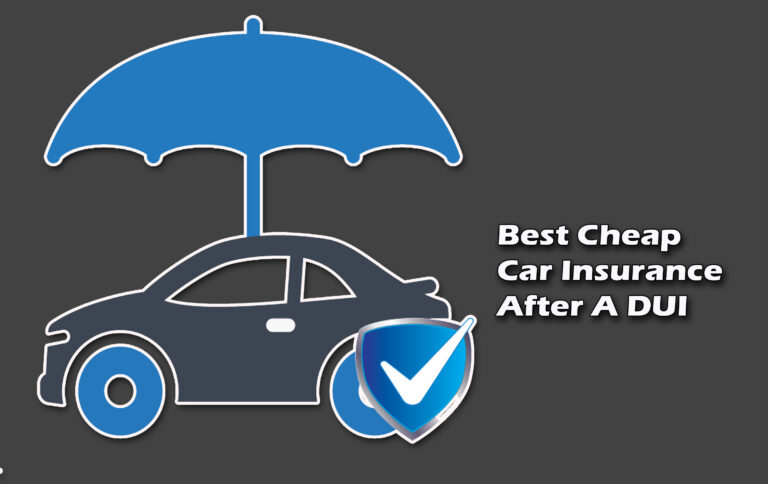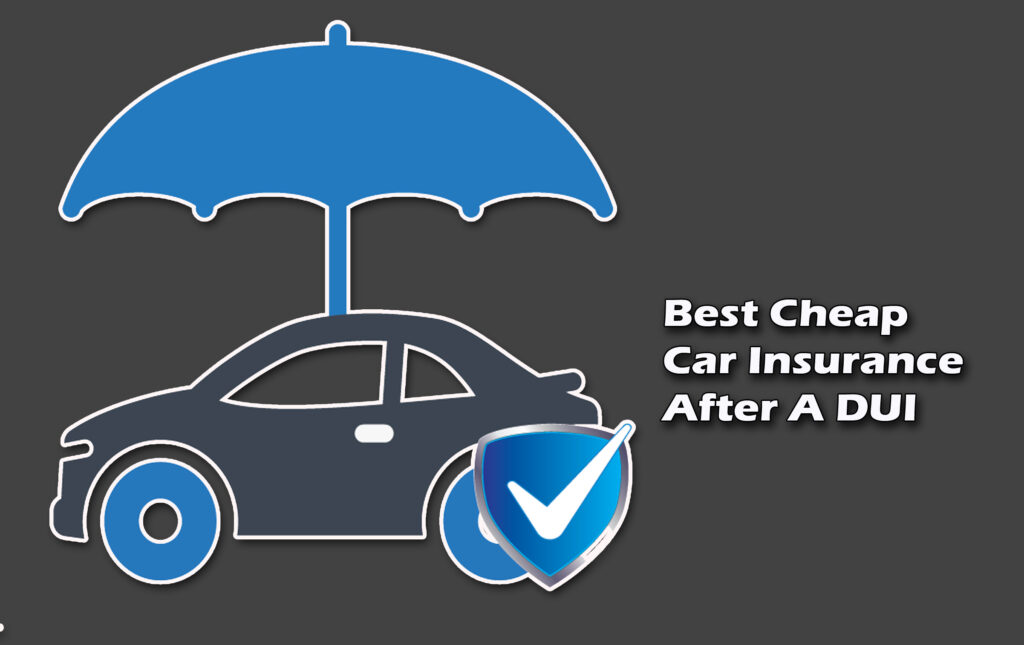Does pet insurance cover allergies? Humans are not the only species that fall ill to the consequences of allergies. Many of our furry friends who become cherished members of the family also face the music of allergies too.

Allergies in pets can be triggered by food, environmental factors such as pollen or dust, insect bites, or even contact with certain materials.
What’s more, the symptoms may range from itchy skin, ear infections, and gastrointestinal problems to chronic discomfort that affects a pet’s quality of life.
Sadly, the treatment for allergies soon becomes heavily emotionally taxing and financially burdensome, especially when it involves long-term management and repeated vet visits.
Now, as the costs associated with allergy testing, medication, and more add up, many pet owners ponder on the question: Does pet insurance cover allergies?
Pet Allergies and Their Treatments
Firstly, it is very important to understand what allergies in pets entail and how they’re commonly treated. Pets can develop allergies at any point in their lives, and identifying the trigger can be a lengthy and expensive process. Some of the common allergens include:
- Environmental allergens (pollen, mold, dust mites)
- Food ingredients (beef, chicken, dairy, wheat)
- Fleas or insect bites
- Contact allergens (shampoos, plastics, fabrics)
Diagnosing allergies often involves exclusion diets, allergy testing and sometimes expensive trial-and-error approaches. Treatments may include:
- Antihistamines or corticosteroids
- Topical treatments
- Medicated shampoos
- Flea control and parasite prevention
- Immunotherapy (allergy shots)
- Hypoallergenic or prescription diets
Given how frequent and complex pet allergies can be, many pet owners turn to insurance for financial support in managing this condition.
Does Pet Insurance Cover Allergies?
The answer is yes, most comprehensive pet insurance plans do cover allergies, but it depends on several factors. Allergies are generally considered an illness, and most accident-and-illness policies cover illnesses that are not pre-existing.
However, the extent of coverage, and the types of treatments included, may vary from one provider to another.
Here are the key elements that influence whether allergies are covered:
Pre-Existing Conditions
If your pet was diagnosed with allergies before your insurance coverage began, the condition is typically classified as pre-existing. This means any treatment, medications, or diagnostics related to the allergy may be excluded from coverage.
Type of Insurance Policy
There are different types of pet insurance plans. The Accident-only plans do not cover allergy-related conditions since allergies are considered illnesses.
On the other hand, the Accident and illness plans are more comprehensive and usually include allergy treatment unless it’s pre-existing.
The other option is the Wellness plans and these may cover routine care like flea prevention or dietary supplements but typically exclude treatment for chronic conditions like allergies.
To ensure allergy-related costs are covered, an accident and illness plan is essential.
Coverage for Diagnostics and Ongoing Care
Some pet insurance plans may cover the initial diagnosis and treatment but will not cover the ongoing management. Others offer more extensive support, including allergy testing, prescription diets, and repeat vet visits.
So, you should look for plans that provide chronic condition coverage with no annual or condition-specific limits.
Common Allergy Treatments Covered by Pet Insurance
If your pet’s allergy is covered under your insurance plan, here are some of the typical treatments and services that may be reimbursed:
- Veterinary consultations and exams for allergy diagnosis
- Medicated shampoos or topical treatments
- Flea and tick prevention products
- Prescription diets and hypoallergenic foods
- Immunotherapy injections or allergy shots
- Prescription medications, such as antihistamines or corticosteroids
- Allergy testing, including blood and skin tests
Tips for Getting the Best Allergy Coverage
Navigating pet insurance can be tricky, especially when dealing with a chronic condition like allergies. Here are some strategies to help ensure your pet is well-protected:
- Start by signing up before any allergy symptoms appear to avoid pre-existing condition exclusions.
- Look for plans that offer coverage for chronic illnesses, ongoing treatment, and medications.
- Ask about prescription diet coverage. If your pet requires special food, this can be a major cost.
- Choose providers that offer a high reimbursement rates. 80–90% reimbursement really eases the financial strain and is a good one to target.
- Consider adding a wellness plan as well. Although it won’t cover illnesses, it can help with preventive measures that reduce allergic reactions.
Frequently Asked Questions
Does Pet Insurance Cover Allergy Testing?
Most comprehensive accident and illness plans will cover allergy testing, including intradermal skin tests and blood work. However, this is only as long as the allergy is not pre-existing.
Are Prescription Diets Covered By Pet Insurance?
Some providers do offer partial or full reimbursement for prescription diets, but it’s not guaranteed. You should check your policy or contact the provider for specifics.
Will Pet Insurance Cover Long-term Allergy Treatment?
Yes, it can. If your plan covers chronic conditions, it can include long-term management such as ongoing medication, vet visits, and immunotherapy.

















